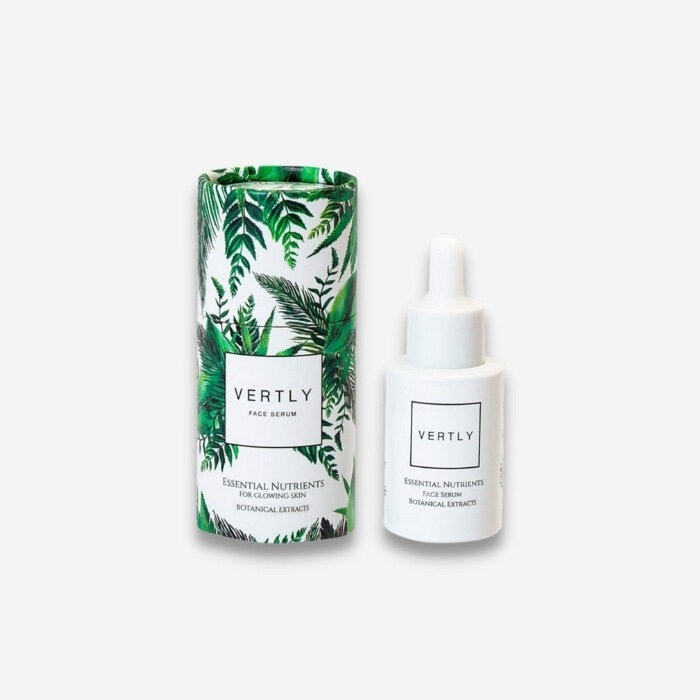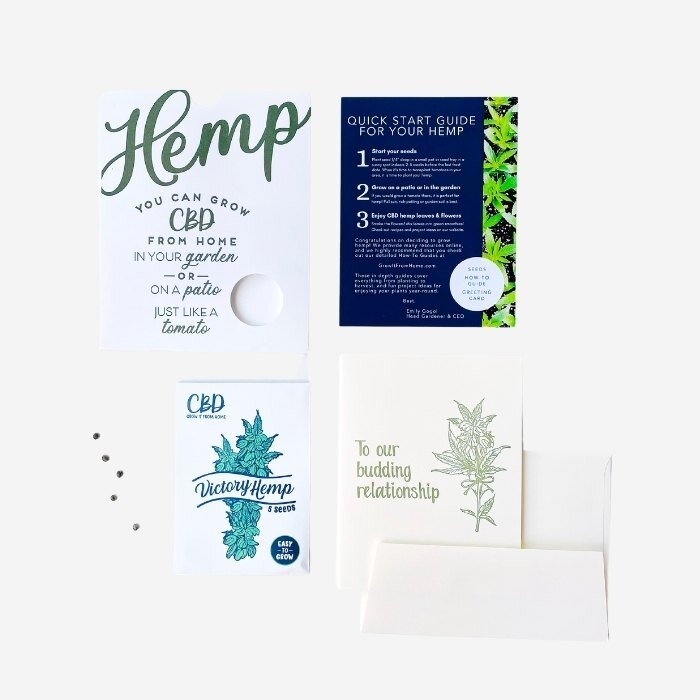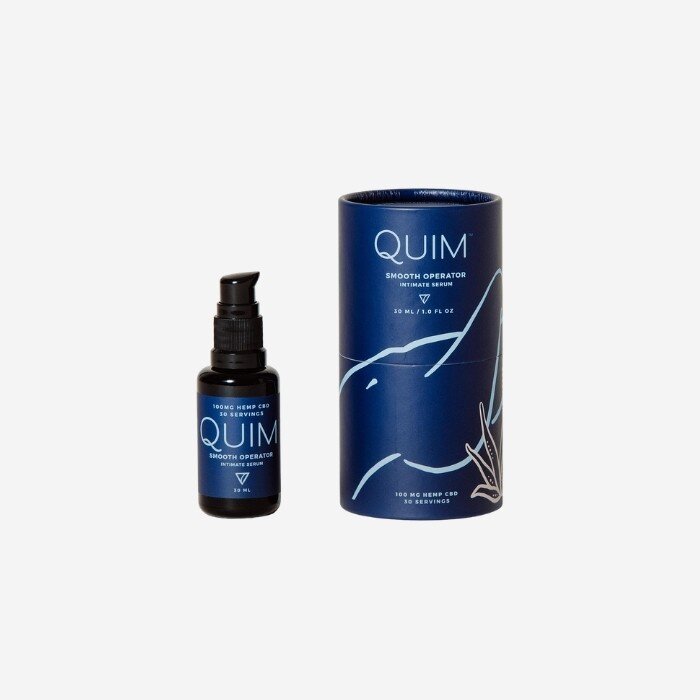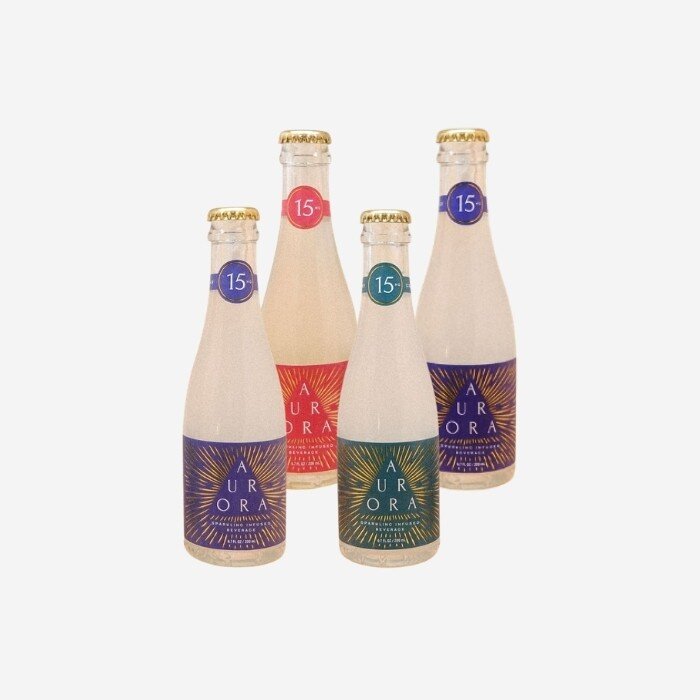The Power of Bhang—Centuries of the Highest Traditional Offerings
Written by Yogi Maharaj
Photographed by Jennifer Skog
In India, Maha Shivratri is celebrated as the night honoring the eternal love Goddess Parvati shared with her husband, Lord Shiva. It’s the world’s largest anniversary party. Bhang, a cannabis concentrate made by grinding the female flowers into a paste, is one of the highest traditional offerings to the iconic lovers. Bhang dates back thousands of years to the ancient legend of Samudra Manthan, Churning of the Milky Ocean. During the churning, ratnas, gifts, sprung from the cosmic ocean, the final being an elixir of immortality, amrita, which spilled and gave us cannabis. After the last ratna was delivered, the vile halahala poison remained, so Lord Shiva sacrificed his welfare and consumed it to save the universe. To his delight, Shiva’s wife Parvati was not going down without a fight. She quickly thought of a plan to save him before the poison spread. Utilizing the knowledge of Ayurveda, she prepared a remedy made of cannabis that would keep the halahala from toxifying the rest of his body. Parvati held the poison in her husband’s throat and fed him the bhang, saving him from the venom. Shiva, astonished by the power of ganja, presented it to humans as his personal gift to mankind.
One hundred years after the death of Mir Jafar, Nawab of Bengal, Britain gained control of India’s military and pressured over 2 million Indians to sign their lives into consensual slave labour and relocated them to islands far from their homeland. My family and I are Fijian descendants of those Indians. Until 1917, Indians were expelled by the British to Fiji, Jamaica, Mauritius, South Africa, Ceylon, Trinidad, Guayana, Uganda and Kenya to work crop fields to sustain Britain’s thriving economy built off the enslavement of Africans. As a result, ganja was introduced to Jamaica and would later be popularized by the Rastafarian movement, but Britain’s perfectly timed release of the Indian Hemp Drug Commission Report of 1893 left Fiji dry.
While my ancestors arrived on a ship in Fiji, Britain ran the greatest in-depth study of cannabis the world would ever see. A 3,698-page study surveyed over 1,200 Indians from different castes, religions, and demographics to compare and contrast cannabis use amongst various populations. Till this day, this is the oldest known record of scientific research done on the cannabis plant. The research was broken down into three major categories: mental, physical and moral effects. The rich history of cannabis in India was reflected in the indigenous people’s knowledge of climate control, early hydroponic systems, and agricultural patterns of the plant. The first seven volumes were released in 1893. The 8th and final volume was added as a ‘survey study’ in 1895 and served as the last weapon in the systematic destabilization of the Indian people.
Fijian Indians, like my ancestors, and many Indians who were uprooted to British colonies were the first to propagandize since they were far from home and grouped with Indians who didn’t share the same language, devout practices, or social class. Before indentured servitude, cannabis allowed Indians to see past these social barriers and coexist. The bhang plant helped us manage PTSD from traumas of separation, rape, and violence—all a result of colonialism. Dehumanizing India’s worship of cannabis on accounts of ‘laziness, insanity, and psychosis’, while destroying families and relocating millions left Indo-Fijians dismissing the sacred ritual of bhang as primitive.
Prior to Britain’s release of the Indian Hemp Drug Commission Report, Hindu women were worshipped as devis, goddesses. We were honored as magical, mystical beings because our wisdom lies within our intuitive compassion. Like Parvati in the Samudra Manthan, women are revered throughout history as healers and medicine makers of the world. For this reason, the preparation of bhang was (and still is) commonly reserved for women. When Britain dismissed the worship of bhang as barbaric, women were dethroned from their honor of upholding wellness and prosperity in their families. During the same time, Indian men were economically forced into indentured servitude across the globe - leaving their wives and families for what they mistook as a short journey. Women’s husbands, children, and bodies were taken against her will, but nothing was able to rob women of their shakti, divine energy. Today bhang culture in India is still alive thanks to the fierce women who fought back and held onto tradition in the name of Goddess Parvati. Her legacy lives on in India’s Parvati Valley as one of the world’s largest cannabis attractions—physical proof that nature succumbs to no man.
For Maha Shivratri 2020, my mom and I made bhang tandai to honor women and Parvati’s sacrifice. Bhang tandai is a rich, nutty milkshake laced with chai spices and cannabis paste commonly made to celebrate Holi, Shivratri, and other Hindu holidays. After 10 years of advocating for cannabis at home, I was pleasantly surprised when my mom suggested we bring it as the mahaprasad, the highest offering, to celebrate the marriage of Shiva and Parvati. Before she could change her mind, I pulled out the age-old sill laudha, stone tablet, and rolling pin, and pulled up The Grass Agency’s bhang recipe on my phone. My mom watched me as I ground the buds against the cool grey stone. Contrary to the Bollywood experience, we were quiet during the entire process. My heart was heavy and the repetitive motion invoked a strange sense of rebellion within me. With each motion, I could feel the staggering weight of my people begin to liberate itself.
When I presented the bhang tandai at our mandir, the atmosphere was filled with curiosity and excitement. With the exception of a few, all of the adults partook in the ritual of mahaprasad. Our elders accepted bhang with the highest blessings. Grandmothers were the happiest, holding my hand with twinkling eyes and picking my brain about what spices were used and how I’d made the delicious drink. The hardest question to answer was where to buy the ganja from. (How do you say ‘dispensary’ in Hindi?)
I spent the evening hand-delivering microdoses of the elixir, answering questions while sharing India and Hinduism’s rich history of cannabis. For most bhang was a Bollywood myth, so as word got out, the temple overflowed with devotees seeking a drop of the Gods’ nectar. For the first time in their life, generations of Fijian Indians were honoring a 3,000-year-old tradition that was stolen from them. All around us our ancestors rejoiced. Hundreds of us were in their presence, wrapped in their timeless blessings. That night, we deified centuries of oppression, but it was clear that the fight had only just begun.
“ALL AROUND US, OUR ANCESTORS, REJOICED. HUNDREDS OF US WERE IN THEIR PRESENCE, WRAPPED IN THEIR BLESSINGS.”
Derived from the Urdu and Hindi word meaning ‘hemp’, the word bhang is used to describe the full spectrum, edible paste made from the cannabis plant. Our bhang paste recipe is adapted from The Grass Agency’s. After many years of making bhang paste, I found their recipe to be the strongest and closest to the original method. The whole cannabis plant is decarboxylated (activated through heat), steeped in butter or oil, and blended into a ‘pulp’ or paste. This paste is commonly used to make bhang tandai (literally translating to weed milkshake) which is served as mahaprasad for Shiva and Parvati. This is a 2 step recipe that requires the bhang paste to be made first or in advance. The bhang paste is a delicious concentrate to infuse into your favorite desserts and smoothies, adding the mildly psychoactive kick you need to connect with your inner divine. For recipes to use with your bhang paste, visit bit.ly/luvkush-bhang
How to Make Bhang Paste
10 g cannabis buds
1 tbsp ghee or high-fat oil (coconut, avocado)
2 tbsp sugar
2-3 tbsp water
Preheat your oven to 225 degrees F.
1. Grind the buds with a grinder or a mortar pestle. Try to omit any seeds, sticks, and stems. This flower will be blended into a paste, so you’ll want the highest quality stuff to ensure a flavorful paste.
2. Bake the cannabis at 220F for 10 minutes, mixing the bud in the pan every 5 minutes.
3. Transfer the bud into a pot, add the rest of the ingredients to the pan and mix well. Return to the stove for 9 minutes, mixing well every 3 minutes. Add more water 1 tsp at a time if needed to prevent the buds from burning.
4. Remove from the oven and cool.
5. Blend the mixture into a thick paste. This recipe yields a little over ¼ cup of bhang paste that can be kept fresh in the fridge for 3 months or frozen for up to a year.
Watch the Video: How to make Bhang Thandai (Translation “Ice-Cold Weed”) with Yogi and SF Roots
Dope Video by Shonye of No Don’t Stop Videos
How to Make Bhang Thandai
2 cups whole milk (for a vegan version, try a plant-based milk with a high-fat content- such as coconut milk.)
¼ cup + 1 tablespoon sugar
1-3 tablespoons of bhang paste (depending on your preferred potency)
¼ cup raw almond
1 tablespoon raw cashew
1 tablespoon poppy seed
¼ tsp clove powder
¼ tsp cardamom, ground
1 tsp ginger, fresh or powdered
1 star anise pod
½ tsp black pepper
1. Blend the almonds, cashews, and poppyseed into a course ‘flour’.
2. Toast the nut mixture under medium-low heat until everything is evenly golden. Add the remaining spices and toast for about 2 minutes, or until the spices are warm and fragrant.
3. Keeping the flame at medium-low heat, add the milk, sugar, and bhang paste and whisk or stir ingredients together until everything is dissolved and heated through. (A good sign is when the milk becomes frothy and creamy on top.)
4. Turn off the stove and remove from heat.
5. Allow the mixture to cool to room temp, then refrigerate. Tandai literally translates to ‘cool’, and is intended to be drunk ice cold like a milkshake… although truth be told, we couldn’t wait that long and dove right in.
Keep your leftover bhang paste in the freezer to make sweet danky treats! For more recipes and ideas on what to make with your bhang paste, visit luvkushco.wixsite.com
ABOUT THE AUTHOR:
Yogi Maharaj is the founder of LUV KUSH CO - a wellness and lifestyle community reshaping the face of cannabis in Desi society with consciously cultivated education, resources, and experiences. Transitioning in the cannabis space from legacy to legal markets, Yogi found much of the culture she grew up with was being rebranded to fit a newer, Eurocentric audience. Meanwhile, she was met with resistance from the Desi community for her own cannabis philosophy and career within the industry. It was still highly taboo. Yogi’s desire to reclaim her heritage led to the path of radical self-realization as she learned about her ancestors’ journey from India to Fiji, the rich history of cannabis in South Asia, and their influence on cannabis throughout the entire world. She established LUV KUSH CO to share her findings, burn the stigma, and reclaim Desi culture in a newly emerging industry.
SPARK THE CONVERSATION
Know someone who could benefit from this article? Share it with them:









![ISSUE IV: IN HER POWER [Print Issue]](https://images.squarespace-cdn.com/content/v1/59d67df7f43b55d3bba071a1/1625433536206-OGB20J3WYG5IA75VVZJU/MJ+Lifetyle+Issue+4.jpg)















